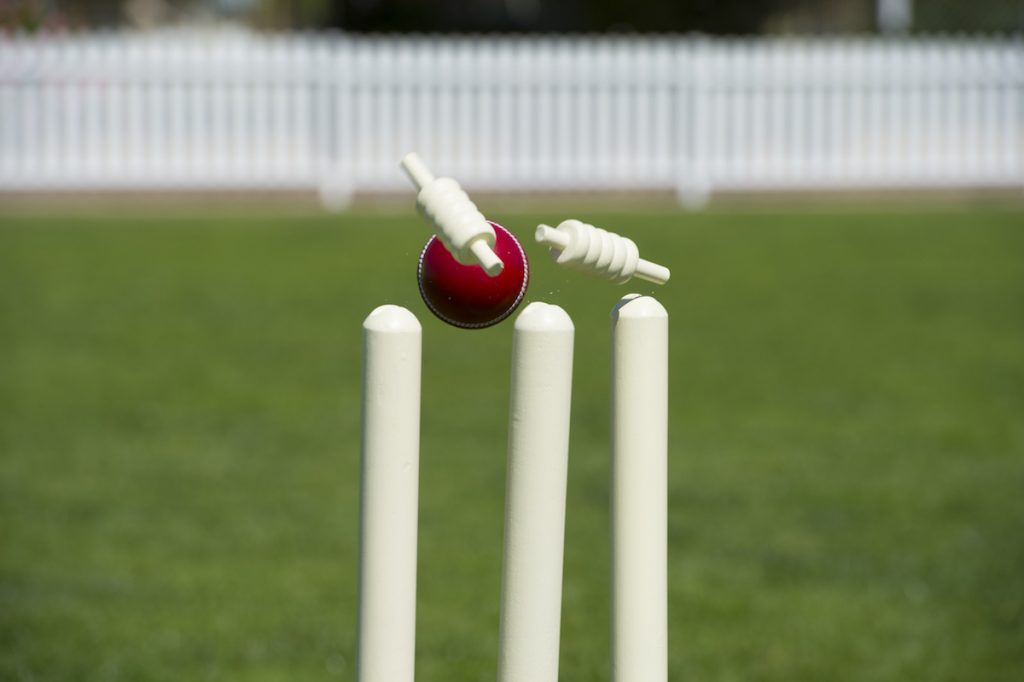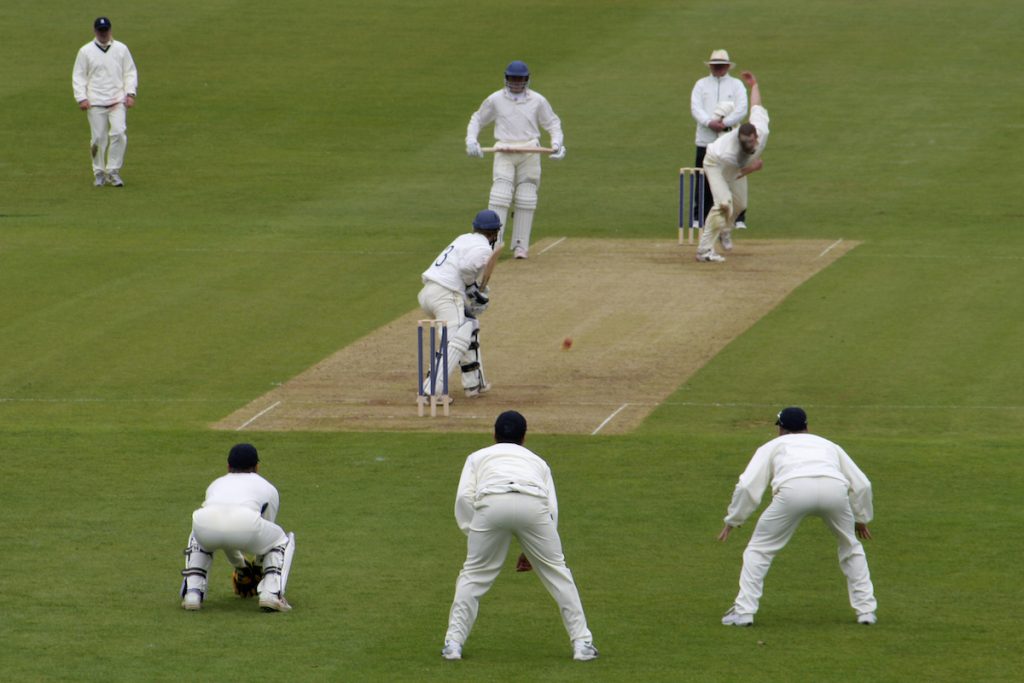If you’re a beginner and you’ve wondered what the basic rules of cricket are, understand the game with this cricket for dummies cheat sheet guide!
Australia’s national sport can be confusing at times. We have all been left baffled at a decision, struggling with the rules, or even admitting to ourselves ‘I just don’t understand cricket’ when watching a game.
Thankfully, Hunter and Bligh will end all confusion with this easy-to-understand cricketing guide for dummies that explains the basics of cricket. You might even end up being the next Bradman!
So, let’s start with the formations of the teams:
- Cricket is played with two teams of 11.
- These teams consist of batsmen, bowlers and players called all-rounders.
Next, what equipment do you need to play cricket?
- A round ball.
- A length of flat ground.
- A bat.
- Wickets (or stumps).
Traditionally, cricket is played wearing pads and other various protective equipment to stop injury when facing the bowler. With cricket balls being bowled up to 161km/h (by some extremely talented cricketers) over a pitch measured only at 20.12-metres; protective gear is very important.

Batsmen in cricket kit. Photographed by Alfred Kenneally. Image via Unsplash.
How do you score in cricket?
The core to cricket is very simple. The batsman and bowler stand opposite each other on a strip in the centre of the field. The bowler bowls the ball to the batsman who must try to hit it.
If the batsman hits the ball, they will try and run to the other side of the centre strip (batting strip) where the bowler is. This is called a ‘run’ and they score one point for each ‘run’ they do before the ball is returned to the pitch.
Batsmen can score in two other ways. If they hit the ball all the way to the edge of the field (called the boundary), they score four points. If they hit the ball over the boundary without touching the ground, they score six points.
Runs are also scored for bowling penalties called ‘extras’ which include:
- Wides: when the bowler bowls the ball too far left or right of the batsman.
- No-balls: in which the ball is delivered in a way which is deemed illegal ie. on the full over the waist or off the pitch.
- Byes: when the batsmen run without touching the ball.
- Leg-byes: when the ball hits the batsmen, and not his bat, and they successfully run between the wickets.
How do the batsmen get out?
The batsmen have two main aims: to score as many runs as possible, and to stay in as long as possible. Once a batsmen is ‘out’, he comes off the pitch and cannot bat again.

Cricket stumps. Photographed by xshot. Image via Shutterstock.
There are five ways in which a batsman can get out:
- Bowled: the ball hits the stumps when the bowler delivers it.
- Caught: ball is caught by a fielder before it has touched the ground.
- LBW (Leg Before Wicket): when a batsman uses their body to stop the ball hitting the stumps, rather than their bat. (This is an ‘out’ whether its accidental or on purpose).
- Run-out: If a fielder hits the stumps with the ball before the batsmen has completed their run. There is an area marked around the stumps called ‘the crease’. The run is not complete until the batsmen is inside this area.
- Stumped: The wicket keeper hits the stumps with the ball when the batsmen is outside of their crease.
How do you win a cricket match?
There are several different types of cricket match, and each one is won differently, depending on the format. But essentially, by scoring more runs in your innings (one round of 11 batters) than the other team.
What are the different types of cricket match?
- Test Cricket: Played over five days, a test match is made up of four innings – two for each team. An innings is finished when 10 of the 11 batsmen have been got out. The team with the most runs over all four innings wins.
- One Day: This match takes place over just one day. Each team plays one innings each, made up of 50 overs, or until every player is out – whichever happens first. (An over is six bowls). The team with the most runs wins.
- Twenty20: Potentially the most accessible form of cricket, Like a one day match, but each team only plays 20 overs too an innings instead of 50. The team with the most runs wins.
What do the fielders do in cricket?
The bowler is supported by his team of 10 other fielders who work together to try and get the batsmen out. There are a range of set positions on the field which are used in different combinations to defend against runs. These can be some of the most confusing parts of cricket to understand, so don’t worry if you don’t understand it all right now.

Cricket fielders in position. Photographed by Lance Bellers. Image via Shutterstock.
Essentially, they are all working together to get the batsmen out as quickly as possible, having scored as few runs as possible.
But, it is important to know that fielding tactics are different depending on the type of match which is being played. Generally speaking,
- In a test match: fielders use a more attacking approach – there’s no time limit for batsmen, so you need to proactively work to get them out.
- In a one-dayer: the fielders will change tactics through the day. At the beginning of the day, they’re likely to be attacking and trying hard to get batsmen out, but as the day goes on, the batsmen have less to lose so it’s important to be defensive to keep run scoring to a minimum.
- In a Twenty20: the field is as defensive as possible to minimise runs, and attempt to keep the batting team to the lowest total possible as they attempt to score as many as they can.
So there you have it, you now have a basis of cricketing knowledge to impress any sporting fan. Just one tip, don’t talk about the Sandpapergate incident okay?
If you still don’t understand the difference between a batsmen and a bowler, then watch this video to further detail the basic rules of cricket:
Delve deeper into the world of sport with our list of the 10 Best Sport Autobiography Books You Must Read. Or, test your knowledge with our quiz to see if you can Name Each of these 10 International Sport Stadiums.


